update time:2023-02-09 10:23:54
Views:1325次
In general, a compaction between 80 and 85 percent of the standard Proctor maximum dry density optim...
In general, a compaction between 80 and 85 percent of the standard Proctor maximum dry density optimizes slope stability with vegetation development and growth.
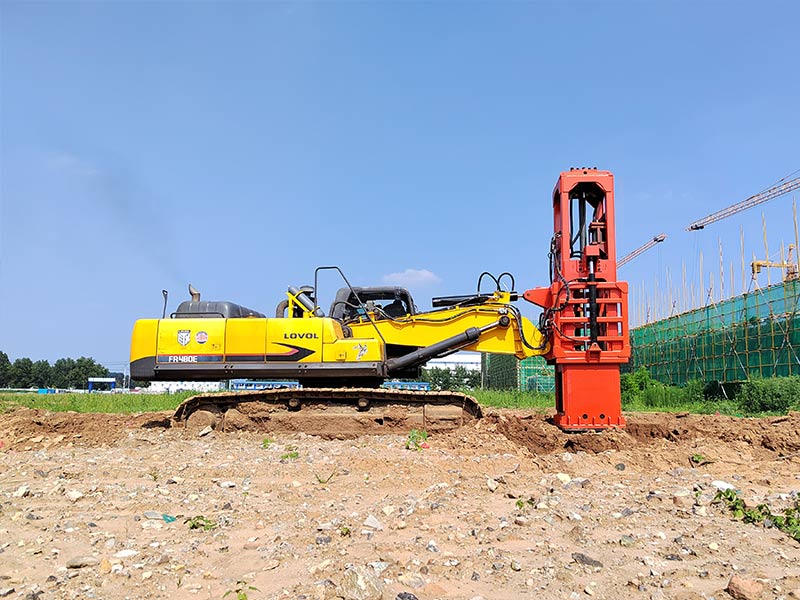
RIC is the right answer when:
■ Over-excavation and replacement is not feasible due to environmental or practical reasons
■ Safety is an issue (no weight falling from great heights)
■ Vibrations need to be managed (< 2 ips at 30 feet)
■ Specific levels of improvement are required
■ Compaction energy needs to be carefully controlled
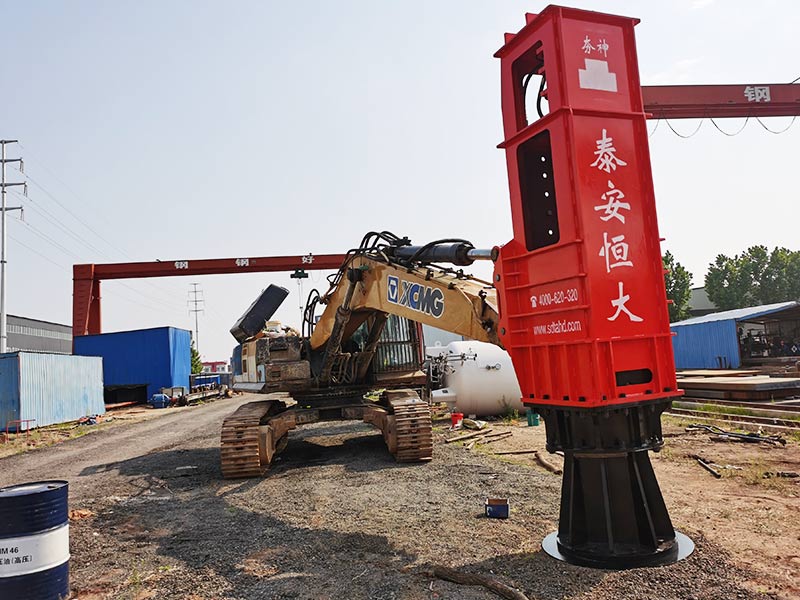
Rapid Impact Compaction (RIC) is a ground improvement technique that densifies shallow, loose and, granular soils. Soil treated by this method results in increased density, friction angle, and overall stiffness, which results in increased bearing capacity and decreased settlement of planned structures. Rapid Impact Compaction consists of an excavator-mounted, hydraulic pile-driving hammer repeatedly striking a circular plate that rests on the ground. Energy is then transferred to the ground safely and efficiently, as the RIC’s foot remains in contact with the ground, which avoids concern over flying debris being ejected. Rapid Impact Compaction densifies loose-fill soils of up to 6 m deep or more. Additional benefits of rapid compaction include: an increase of the bearing capacity of the soils, minimization of settlement, and the creation of uniform support for foundation footing. Rapid Impact Compaction is an innovative solution when compared to the time and cost of over-excavation and re-compaction.
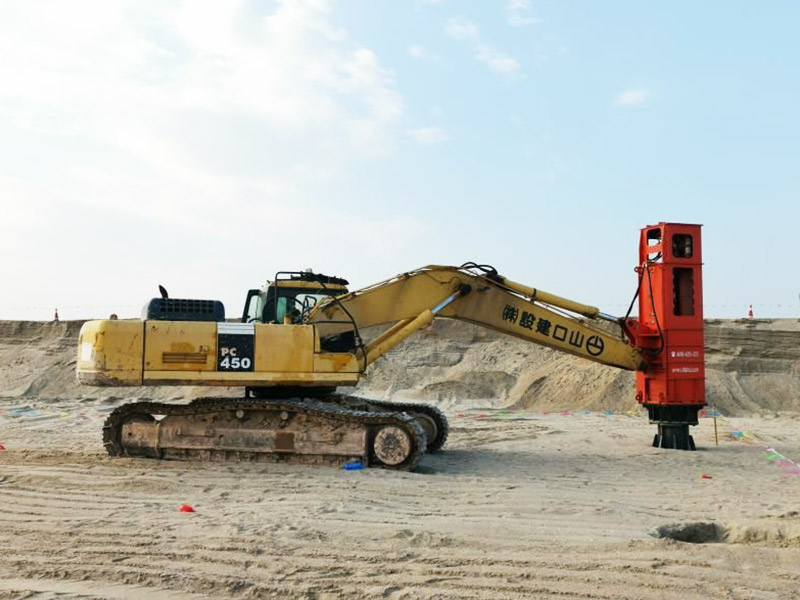
The Rapid Impact Compaction (RIC) system uses an excavator-mounted, 7.5-9 ton hydraulic weight that is repeatedly dropped on a 1.5 m tamper foot to densify sand soils up to 6-7 m deep. This process is an equivalent alternative to bulk excavation and engineered fill.Improve up to 6-7m depth for the treatment of sand, silty sand, and fills for low-to-moderate bearing capacities.
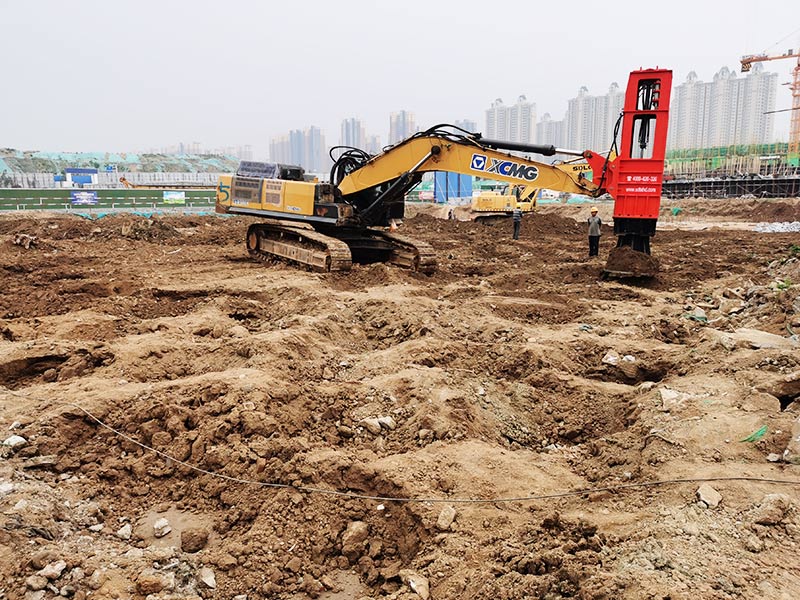
RIC is a high-frequency, controlled energy, soil compaction technique used to densify surface layers of soils (to a depth of 5 to 7 meters in most cases) with minimum impact on the immediate worksite environment. Rapid Impact Compaction is widely used to densify loose granular soils (sand or gravel) as well as loam fill and industrial brownfield sites for surface compaction, foundations and floor slab support, liquefaction mitigation and waste stabilisation.
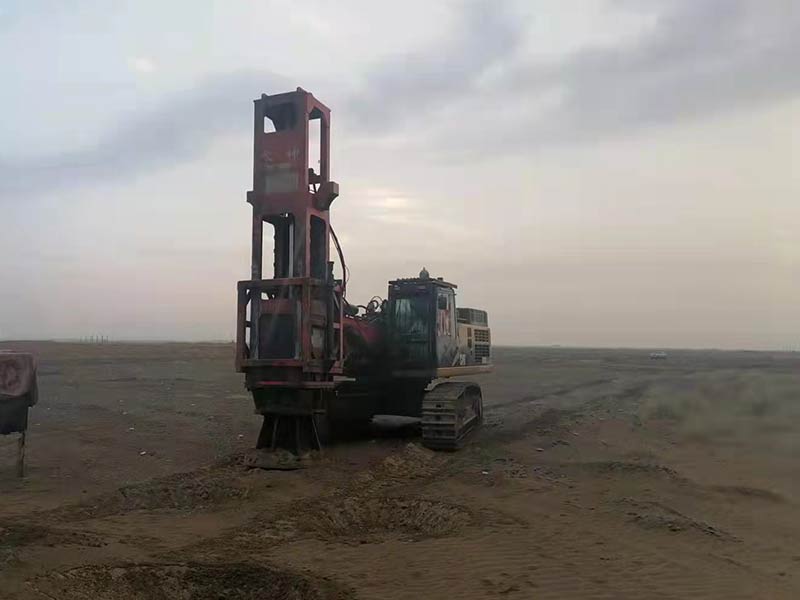
A compaction plate is placed on the ground to be treated. A hydraulic hammer, generally weighing less than 10 to 15 tonnes, is fitted to an excavator and used to transmit compaction energy to the soil via repeated impact. Without specific site precautions, a safe working distance to sensitive structures can usually be defined on the order of 8 to 10 m, as a distance of 5 to 6 m can usually be adopted for classical structures. At that distance, noise levels are lower than 90 dBA.
It is possible to compact the ground near an adjacent site with rapid impact compaction. Rapid impact compaction suits to ground improvement in small spaces. As an example, we can apply this technique within or next to existing warehouses. In such cases, we monitor very carefully vibrations in adjacent structures during rapid impact compaction.
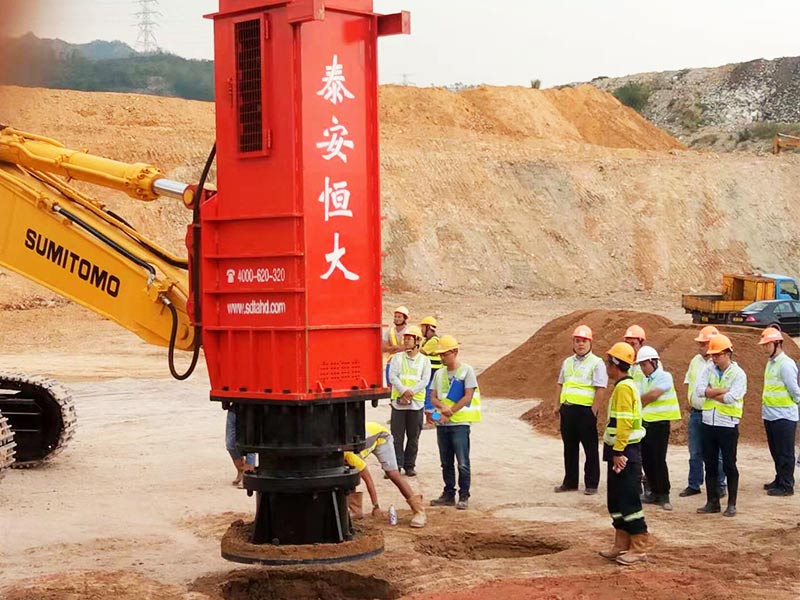
The energy and deflection of the soil is monitored and recorded at each location, which allows the geotechnical engineer to determine when effective treatment is complete. It also enables the engineer to identify weak zones (red dots) or debris zones throughout the pad so that any remedial actions that may be required can be minimized resulting in cost savings.
What are the two main methods of compacting concrete?
It has been found from the experimental studies that 1% air ...
How much water required for soil compaction? - HENGDA RIC
Soil needs to be 50% dry and 50% wet, before starting compac...